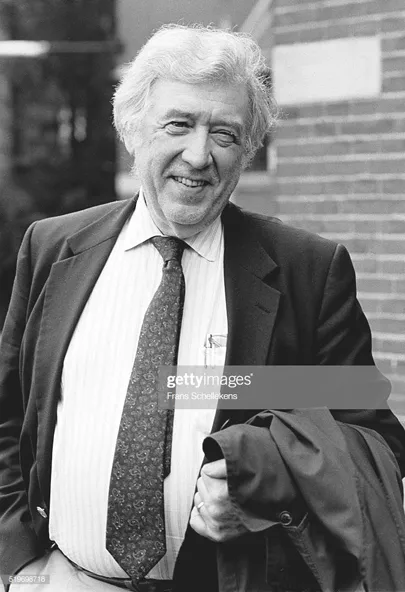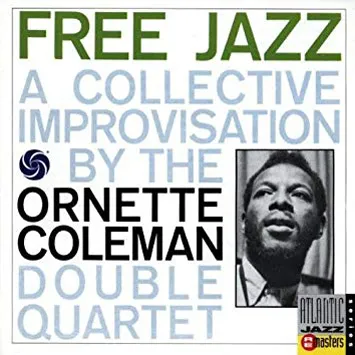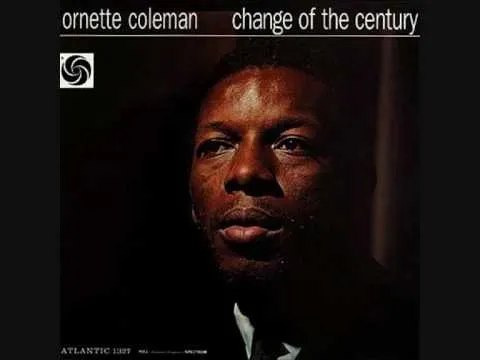Ornette Coleman (alto sax), Don Cherry (pocket trumpet), Charlie Haden (bass) and Billy Higgins (drums). From the album Change of the Century (1960).
Atonality in jazz appeared long before free jazz. In the late 1940s, Lennie Tristano had already used free techniques in his themes “Descent into the Maelstrom”, “Digression” and “Intuition”. In 1948, Stan Kenton’s band recorded his great work City of Glass, in which defied the harmonic and melodic techniques of jazz. The same goes for Jimmy Giuffre’s “Fugue” from 1953. Classical composers also used avant-garde methods with jazz instrumentation, as in Stravinsky’s Ebony Concerto from 1946 or Milton Babbitt’s All Set from 1957. This last year, Gunter Schuller named this mix of the most progressive jazz trends with contemporary classical music “third stream”.

But the real beginning of free jazz came with the first recordings of Ornette Coleman, especially since his move to New York in 1959 and his contract with Atlantic Records. In the albums The Shape of Jazz to Come and Change of the Century he began to examine the possibilities of atonal improvisation. However, his most important work was Free Jazz: A Collective Improvisation from 1961, in which a double quartet participated and introduced a more aggressive and cacophonous quality to his music.

Haden starts playing double notes with the bass and then the rest of the group joins in to expose the theme, which has a Latin rhythm and is very pleasant to the ear. Next comes Coleman presenting a well structured and melodic solo that is uncommon in free jazz. Then Cherry arrives with a slightly less harmonious discourse including short and intrepid phrases with Haden and Higgins making mischief underneath. Finally, the group reexposes the theme.
© Atlantic Records

